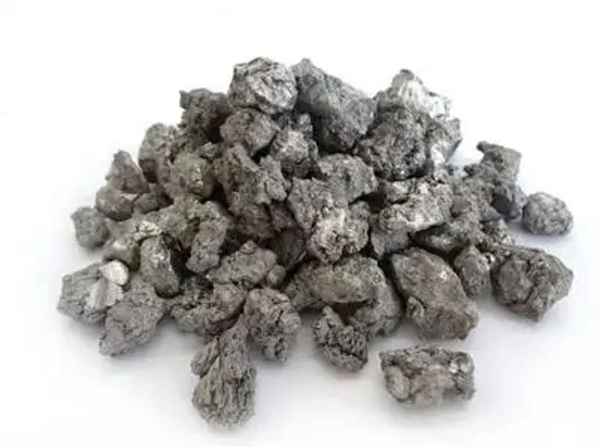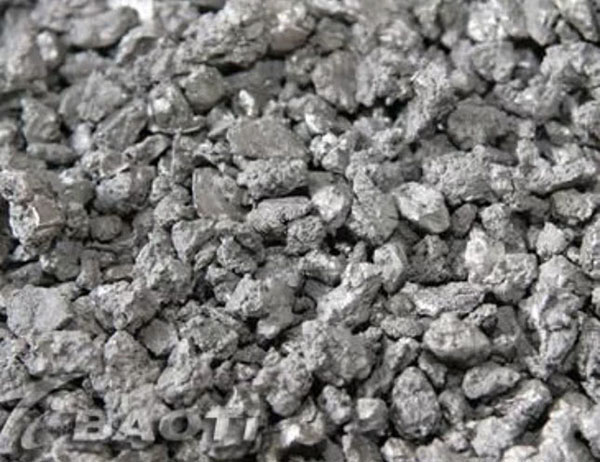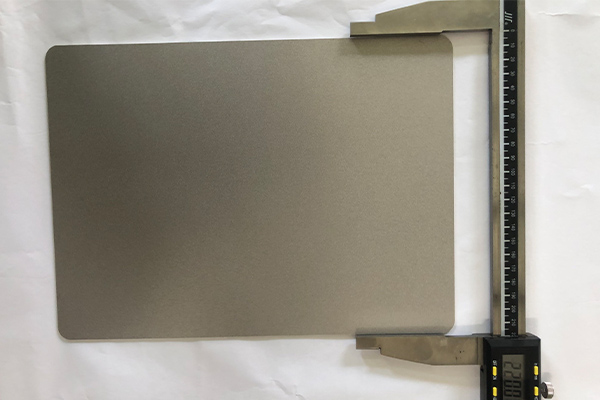SEARCH
There are many differences between sintered titanium plates and conventional titanium plates, as follows:
Sintered titanium plates: titanium powder or titanium alloy powder with other elements added is made by pressing, sintering and other processes. The powder is first pressed into a blank of the desired shape in a mold, and then sintered under high temperature, vacuum or protective atmosphere to form a metallurgical bond between the powder particles to achieve a certain density and strength.
Conventional titanium plates: Usually produced by smelting titanium ingots and then undergoing plastic processing such as forging and rolling. First, the titanium raw material is smelted and cast into titanium ingots in equipment such as electric furnaces, and then the titanium ingots are heated and plastically deformed by forging, rolling and other methods, and finally titanium plates of different thicknesses and sizes are obtained.

Sintered titanium plates: There are certain pores in the microstructure, and the pore size and distribution can be controlled by adjusting the process parameters. These pores are conducive to tissue ingrowth and have unique advantages in some special applications such as biomedicine.
Conventional titanium plate: After plastic processing, the microstructure is relatively dense, and the grain structure is processed into a fibrous or streamlined shape, which makes it have high strength and good toughness.

Sintered titanium plate: Due to the presence of pores, its density is usually lower than that of conventional titanium plate, and its strength is relatively low, but it has good air permeability, filterability and biocompatibility.
Conventional titanium plate: It has high density, strength and hardness, good corrosion resistance, thermal conductivity and electrical conductivity, and has excellent comprehensive performance.

Sintered titanium plate: It is often used in the field of filtration to manufacture various gas and liquid filter elements; in the field of biomedicine, it can be used to manufacture tissue engineering scaffolds, artificial bones, etc.; it is also used in some special occasions that require air permeability or lightweight.
Conventional titanium plate: It is widely used in aerospace, shipbuilding, chemical industry, electronics, construction and other fields, such as manufacturing aircraft beams, chemical reactors, electronic equipment housings, etc.

Sintered titanium plate: The production process is relatively complex, requiring high-precision powder processing equipment and strict sintering process control, and the output is relatively low, and the cost is usually high.
Conventional titanium plate: The production process is mature, the production efficiency is high, and the cost is relatively low in large-scale production. However, its cost will also vary depending on factors such as the purity of the titanium raw material and the difficulty of processing.

This is the first one.